Are Electron Microscopes Easy To Use ?
Electron microscopes are not easy to use and require specialized training and expertise to operate. The process of preparing samples for electron microscopy is complex and time-consuming, and the instruments themselves are highly sensitive and require careful handling. Additionally, the images produced by electron microscopes are often difficult to interpret and require advanced knowledge of materials science and microscopy techniques. As a result, electron microscopy is typically performed by trained professionals in specialized facilities, such as research laboratories or industrial settings.
1、 Operation and Maintenance

Operation and maintenance of electron microscopes require specialized training and expertise. Therefore, electron microscopes are not easy to use for individuals without proper training and experience. The operation of electron microscopes involves the use of high voltage, vacuum systems, and delicate components, which require careful handling and operation. Additionally, the interpretation of electron microscope images requires a thorough understanding of the principles of electron microscopy and the sample preparation techniques.
Maintenance of electron microscopes is also a critical aspect of their operation. Regular maintenance is necessary to ensure that the microscope is functioning correctly and producing accurate results. Maintenance tasks include cleaning the microscope components, replacing worn-out parts, and calibrating the microscope. Failure to perform regular maintenance can result in reduced image quality, decreased instrument performance, and even instrument failure.
However, with the latest advancements in electron microscopy technology, some manufacturers have developed user-friendly electron microscopes that are easier to operate and maintain. These microscopes come with intuitive software interfaces, automated functions, and self-diagnostic tools that simplify the operation and maintenance of the microscope. Additionally, some manufacturers offer training and support services to help users operate and maintain their electron microscopes effectively.
In conclusion, while electron microscopes are not easy to use, the latest advancements in technology have made them more user-friendly. Proper training and maintenance are still essential for optimal performance and accurate results.
2、 Sample Preparation
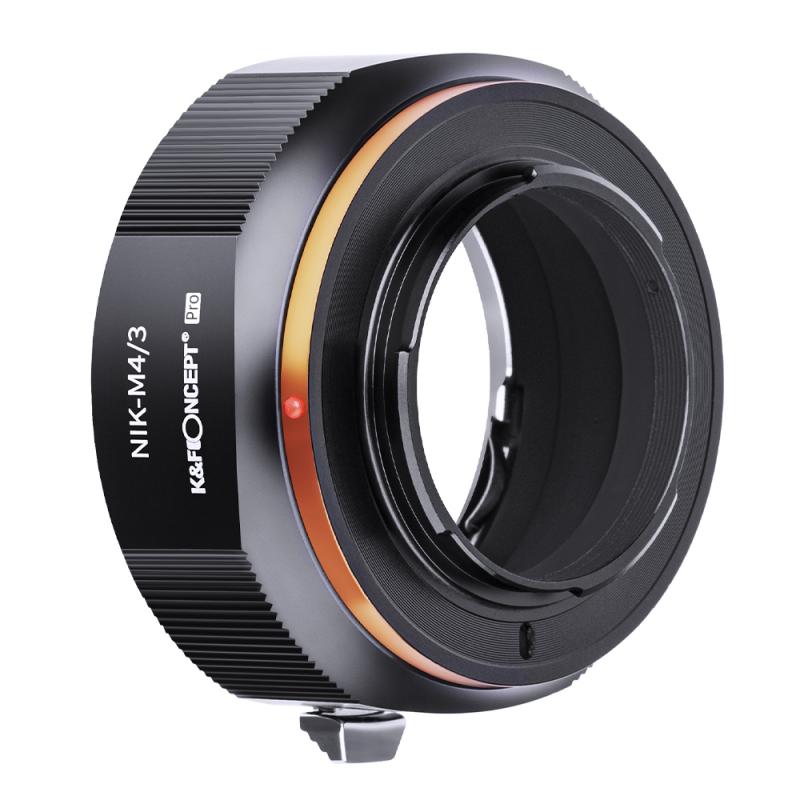
Sample preparation is a crucial step in electron microscopy, and it can greatly affect the quality of the final images. Therefore, it is essential to have a good understanding of the sample preparation techniques and to follow the appropriate protocols. In this regard, electron microscopes are not necessarily easy to use, as they require a certain level of expertise and training to operate effectively.
The latest point of view on electron microscopy suggests that while the technology has advanced significantly in recent years, the sample preparation process remains a critical bottleneck. In particular, the preparation of biological samples for electron microscopy can be challenging, as the samples need to be fixed, dehydrated, and embedded in a resin before imaging. This process can be time-consuming and requires a high level of skill to achieve optimal results.
Moreover, electron microscopes are highly sensitive instruments that require careful handling and maintenance to ensure their proper functioning. The user needs to be aware of the potential sources of contamination and take appropriate measures to prevent them. Additionally, the interpretation of electron microscopy images requires a good understanding of the underlying physics and chemistry, which can be challenging for novice users.
In conclusion, while electron microscopes are powerful tools for imaging at the nanoscale, they are not necessarily easy to use. Sample preparation is a critical step that requires expertise and attention to detail, and the interpretation of the images requires a good understanding of the underlying principles. Therefore, it is essential to receive proper training and to follow the appropriate protocols to achieve optimal results.
3、 Imaging Techniques
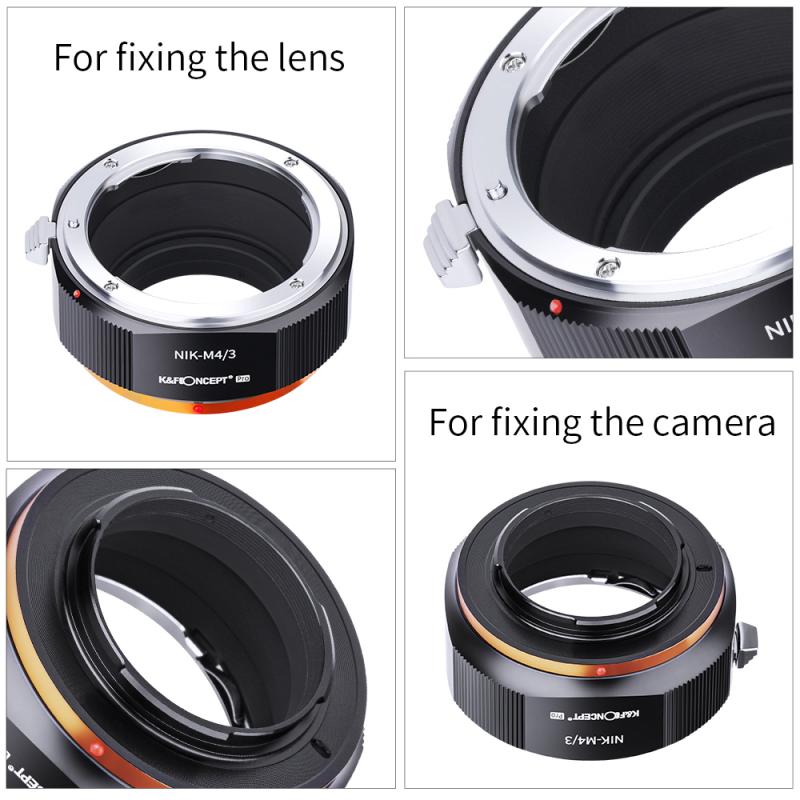
Electron microscopes are not considered easy to use, as they require specialized training and expertise to operate. Unlike optical microscopes, electron microscopes use a beam of electrons to create an image, which requires a vacuum environment and careful sample preparation. Additionally, electron microscopes have a complex set of lenses and detectors that must be precisely aligned and calibrated to produce high-quality images.
However, recent advancements in electron microscopy technology have made the process of imaging easier and more accessible. For example, the development of automated sample preparation techniques and software-assisted imaging analysis have reduced the amount of manual labor and expertise required to operate an electron microscope. Additionally, the use of cryogenic electron microscopy (cryo-EM) has allowed for the imaging of biological samples in their native state, without the need for harsh chemical fixation or staining.
Overall, while electron microscopes are still considered a specialized tool that requires training and expertise to use effectively, recent advancements in technology have made the process of imaging easier and more accessible. As a result, electron microscopy is becoming an increasingly important tool in a wide range of scientific fields, from materials science to biology and beyond.
4、 Data Analysis

Data analysis is an essential part of using electron microscopes, and it requires a certain level of expertise to operate the equipment effectively. While electron microscopes are incredibly powerful tools for imaging and analyzing samples at the nanoscale, they are not necessarily easy to use.
The latest point of view on this topic suggests that while electron microscopes have become more user-friendly over the years, they still require a significant amount of training and experience to operate effectively. The complexity of the equipment and the data it produces means that users must have a solid understanding of the underlying principles of electron microscopy and data analysis.
Additionally, the software used for data analysis can be quite complex, requiring users to have a strong background in computer science and programming. However, with proper training and experience, electron microscopes can be powerful tools for a wide range of applications, from materials science to biology and beyond.
In summary, while electron microscopes are not necessarily easy to use, they are incredibly powerful tools for imaging and analyzing samples at the nanoscale. With proper training and experience, users can leverage the full potential of these instruments for a wide range of applications.












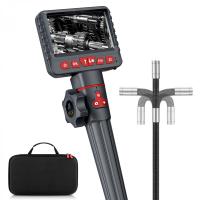


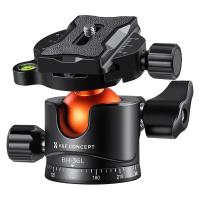



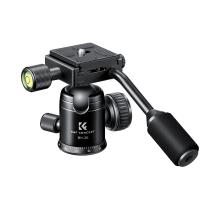

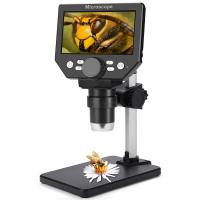

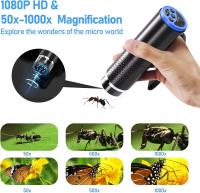




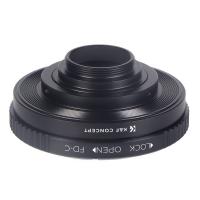


There are no comments for this blog.